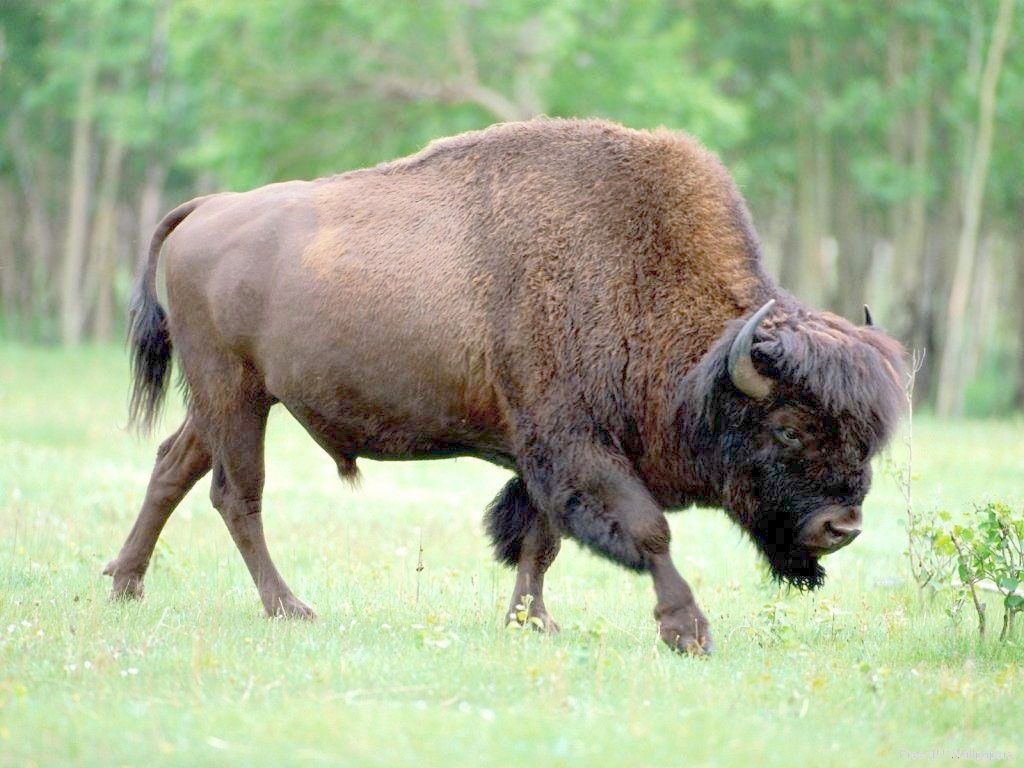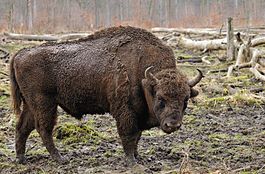Distribution and abundance of roe deer
Roe deer are similar to deer, but much smaller and, according to scientists, are representatives of a special genus.
The roe deer belongs to the class of mammals, belongs to the order of artiodactyls, to the family of deer, that is, the roe deer is very small in size. The genus of roe deer appeared on earth about three million years ago. The modern only species of this ancient genus was formed relatively recently, it is about 100 thousand years old. There are three subspecies of roe deer: Siberian, European, and Manchurian. The most famous of them is the European roe deer, or as Russian hunters often call it, the wild goat. Its length is 130 cm, height - 75 cm, the tail is simply microscopic - only 2 centimeters.
Compared to the red deer, the roe deer is more densely built: its head is shorter, the body is thicker in front, the back is almost straight, and the eyes are large, lively, with long beautiful eyelashes. The fur of this graceful animal is short, elastic and very tough. In summer the animal is colored dark brown, and in winter the coat acquires a brownish-gray tint, which makes them look like Canadian deer and caribou.
Roe deer are distributed throughout Europe and most of Asia, excluding the northern regions. The largest subspecies, the Siberian, lives in Buryatia. The weight of males reaches 59-65 kg. Height at withers 65 -100 cm.
Antlers grow only in males, although underdeveloped ones are occasionally found in females. A normally developed horn has three processes in the upper part.
In general, the antlers of a roe deer are very beautiful, branched. There is a special nomination “Best Roe Deer Antlers”, which is awarded annually at the Exhibition of Hunting Trophies in Moscow.
Lifestyle
Typical habitats for roe deer are areas where there is a combination of meadows, shrubs and forest. Roe deer also love deciduous forests on marshy soil. The daily activity of roe deer varies depending on the time of year and the presence of enemies. Where there is no persecution, animals graze most of the daylight hours. In those places where animals are disturbed, roe deer hide in the thicket all day and feed at night, in the evening and morning dawns. In summer, roe deer climb the mountains, and in winter they descend into the valleys, where it is warmer. In Siberia, roe deer make annual trips to spend the winter in forests and small pastures.
Roe deer swim very well and sometimes escape from predators in the water. Roe deer walk freely through rather muddy swamps. This was especially noticeable in the summer of 2002, when, due to the abundance of mosquitoes and other blood-sucking insects, animals were almost never found in the forest, but spent their time immersed up to their necks in lakes.
Of our deer, roe deer are the most adapted to a cultivated landscape. Often found in fields of oats, wheat, and haylofts. They also take root well in landscapes transformed by humans (forest parks, etc.).
The range of species, shrubs and trees eaten by roe deer is large in Eastern Siberia; there are 130 species of food plants. Roe deer prefer the same plants as deer, but choose those that are softer and more delicate. In the warm season, roe deer prefer grassy food, and in the cold season - bushes, shoots and dry leaves of trees.
All sense organs of the roe deer are well developed. Animals notice a moving person in open areas up to 2 km, and in a sparse forest - at 0.5 km. stationary objects are distinguished worse.
The movements of the roe deer are smooth and graceful. She jumps over high hedges and bushes without visible effort, easily swims across stormy rivers and climbs mountain steeps. This is a very timid and cautious animal and it is almost impossible to take it by surprise.
When danger is detected, the roe deer first freezes, as if peering, and then abruptly takes off. She also makes a signal stomp, the males make a loud sound “byow
When leaving enemies after several jumps, the roe deer make one particularly high one, the so-called lookout, and then the white napkins on the tails are clearly visible from the outside. With this they show the way to other animals from the herd.
In general, I noticed that roe deer are very sensitive animals; they detect danger much earlier than the wapiti, grazing right there in our area.
Factors influencing the distribution and abundance of roe deer
Roe deer oppose all adversities with their ability to reproduce. And it is quite large - almost all females bring two roe deer. The most powerful factors limiting the number of roe deer:
- Natural and climatic conditions;
- The influence of predators;
- Human pursuit;
Let's consider the first factor. Its determining component is the height of the snow cover. When its depth is over 30 cm, the animal’s energy expenditure on obtaining food exceeds the calories obtained from this food. For example, in 1998, when during a snowy winter, roe deer died due to the fact that they could not get food for food from under the deep snow (see histogram).
That's why animals migrate to places with little snow. In winter, roe deer make local migrations from the depths of the taiga. In our area from the Barguzinsky ridge to the flatter Ikatsky ridge. Along the ridges to the steppe slopes of the mountains, where there is less snow and richer vegetation. The local names for these slopes are “Maryans” from the Buryat word “to sneak up.”
In March 2002, unexpected heavy snowfalls occurred, when a month's worth of precipitation fell in two to three days. This created for others an imaginary picture of a high number of roe deer.
Since the rut (mating season) of roe deer begins in August and lasts about half a month, with the onset of winter the females do not have time to bear offspring, and are thus much less prepared for winter.
Adverse weather conditions were aggravated by the influence of predators - wolves, of which there are several dozen in the area. Although the running speed of an adult roe deer is greater than that of a wolf, in deep snow the wolf gains an advantage and is able to seriously undermine the number of roe deer. I explain: in the second half of winter, when abundant deep snow or sharp icy crust makes it difficult for the roe deer, the wolf, thanks to its strong legs, easily catches up and kills its exhausted prey. This is also without the fact that when wolves hunt in a pack, then the wolves take a group of roe deer into a ring and then, slowly, take the roe deer one after another. In the indicated period (winter 2002), female roe deer were the most vulnerable. The 2002 litter was smaller than the previous one. In autumn and winter, there were much fewer females than males.
And finally, the most significant, 3rd factor - persecution by a person. Now the number of ungulates in the area in recent years has fluctuated between 2500-2900. These are averages. The average density is 2 individuals per 1000 hectares (a rectangle with a side of 2 x 5 km). Although the biological productivity of the land allows the number of roe deer to be at least 10 times greater.
Poaching is to blame. Roe deer are mercilessly hunted with snares (for the unemployed population), in the summer on salt licks. Also, the greatest damage is caused by car poaching, due to which up to several roe deer can be caught in just one night.



No comments here yet.